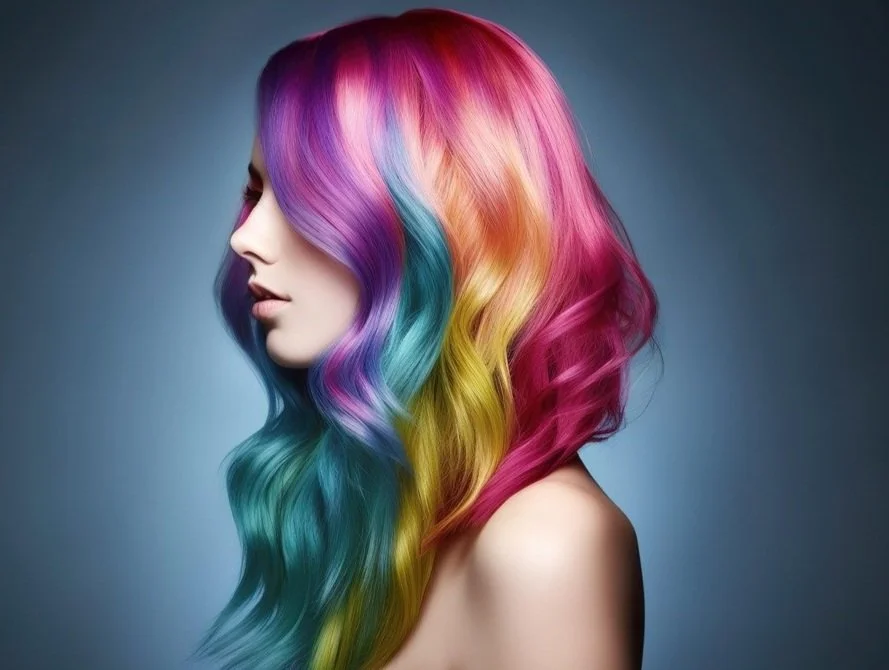AI in the Hair Industry: Creative Tool or Shortcut?
In the age of filters, virtual try-ons, and Chatgpt, it was only a matter of time before artificial intelligence entered the hair salon. But is AI helping us innovate, or is it making our lives too easy?
The Rise of AI in Beauty
AI is transforming the beauty industry, from skincare diagnostics to personalised product recommendations. But recently, a new kind of digital tool has emerged: AI-generated hair colours.
Clients now show up to appointments with surreal, hyper-vibrant hair colours created through platforms like Midjourney or TikTok filters. The lines between fantasy and reality are getting blurrier, and hairdressers are expected to bring those digital looks to life.
What Is YUV?
Enter Yuv:
A brand that’s changing how colour is created in salons.
With AI-powered colour mixing technology, Yuv allows stylists to design shades digitally, then lets the machine mix the colour with precise, repeatable accuracy.
Yuv promises:
Less waste
More consistency
Faster mixing
Highly customisable formulas
It’s undeniably impressive, but it also poses new questions for creative professionals.
When Clients Bring AI Hair Ideas
Now more than ever, hairdressers are being shown AI-generated inspiration.
But translating that into real hair isn’t always straightforward.
Stylists still need to:
Evaluate the client’s hair condition and history
Decide whether it’s safe to lighten or tone again
Understand undertones, lighting, and realism
Blend and paint by hand
Manage expectations because not everything digital is achievable in real life
This is where human creativity and experience still matter most.
When Does AI Make Life Too Easy?
There’s no doubt AI can boost creativity and make salon workflows more efficient. But we have to ask: are we using AI to elevate our artistry, or to shortcut it?
It’s tempting to rely on tech.
But when convenience replaces craft, we risk losing:
The personal, tactile nature of hairdressing
The emotion and trust built between the stylist and the client
The uniqueness that comes from years of trained intuition
The Hospitality Industry
We’re seeing a similar shift in hospitality. Many hotels now use AI-powered chatbots and virtual concierges to handle guest inquiries, bookings, and local recommendations.
It’s fast, convenient, and efficient, but some guests miss the warm smile at check-in or the small talk with a real concierge.
Service industries thrive on human connection, and no machine can fully replicate that.
Hairdressing is no different. AI can support us, but it shouldn’t replace the parts of our work that truly matter.
Final Thoughts
It’s not the end of creative work, it’s the evolution of it.
AI and automation aren’t replacing creativity; they’re expanding what’s possible. These tools can support and streamline processes, but the heart of creativity still lies with people. It’s up to us, the humans behind the ideas, to interpret, personalise, and bring meaning to the work.
In a world increasingly driven by algorithms and efficiency, it’s the human touch that sets us apart. Real connection, empathy, and storytelling can't be automated and that’s exactly what sets us apart.


